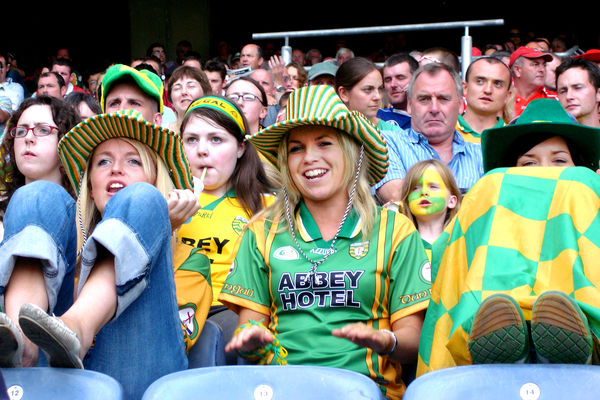Europe’s Wide World of Traditional Sports
By Rick Steves

When I need a break from dimly lit cathedrals and musty museums, I connect with European culture by watching local sports. I get double the pleasure when I join in — and the great news is, you don't need to be an athlete.
Several years ago in southern England, I joined a neighborhood gang for a lesson in cricket. The point, they told me, is for the "bowler" (who's like a baseball pitcher) to hit the "wicket" (a gate-like wooden thing) with the ball and get the batsman out, while the batsman protects the wicket by hitting the ball across the field (like a baseball hitter). OK, I'm still far from understanding this baffling British pastime, but it sure was fun.
Some games are easier for me to grasp. In France, petanque, also known as "boules," offers the perfect fresh-air escape. I call this game "the horseshoes of France"; it's played on gravelly courts in every Provençal village, and in Parisian parks such as along the Seine and in the Esplanade des Invalides. It's entertaining to watch — especially if you understand the rules. You want your boule (a heavy metal ball) closer to the tiny target ball than your opponent's. There are usually two members on a team. You go back and forth until there are no more balls to throw. (You'll find a similar game in Italy, where it's called "bocce.")
In French Basque country, "pelota" — similar to what you might know as "jai alai" — is indicative of the strong, lively Basque spirit. Players in white pants and red scarves or shirts use a txistera — a long, hook-shaped wicker basket — to whip a ball (smaller and far bouncier than a baseball) back and forth off walls at more than 150 miles per hour. Most matches are not professional, but betting on them is common.
Pelota can also be played without a racket; this handball version is used as a starter game for kids. Children use a bouncy rubber ball, while adults use a ball with a wooden center that's rather rough on the hands and needs a lot of strength to keep moving. It seems that every small Basque town has two things: a church and a pelota court (called a "fronton"). You'll likely see half-courts as well (players at these courts look kind of like they're playing ping-pong with half a table against a wall). The tourist information office in the port town of St-Jean-de-Luz sells tickets and has a schedule of pelota matches throughout the area.
On summer weekends in Scotland, you'll run into a cross between a track meet and a county fair — the Highland Games. The "heavy events" are always the hit of these gatherings. Brawny lads compete for prize money by heaving all kinds of hefty things. In the "weight throw" event, burly, kilted athletes spin like ballerinas before releasing a 28- or 56-pound ball on a chain. In the "weight over the bar" event, competitors can use only one hand to toss a 56-pound weight over a horizontal bar. While the starting height can vary, it often begins at 10 feet and ends closer to 15 feet. (That's like tossing a 5-year-old over a double-decker bus.) And, of course, there's the caber toss: Pick up a giant log (the caber), get a running start, and release it end-over-end with enough force to (ideally) make the caber flip all the way over and land at the 12 o'clock position. (Most competitors wind up closer to 6.)
And while you're in Scotland, keep an eye out for the unique Highland sport of shinty: a full-contact game that encourages tackling and fielding airborne balls, with players swinging their sticks (called camans) perilously through the air. The easiest place to see shinty is at Bught Park in Inverness (check the Inverness Shinty Club website for matches).
In Ireland, the wild national pastime of Gaelic football is a heartfelt expression of Irish identity. It's perhaps best described as a mix between soccer and rugby: You can carry the ball, but must bounce or kick it every three steps. Seeing a match at Croke Park Stadium in Dublin, surrounded by wonderfully spirited Irish fans, is an incredible experience. Matches are held most weekend afternoons in summer, culminating in the hugely popular all-Ireland finals in September. Choose a county to support, buy their colors to wear or wave, scream yourself hoarse, and you'll be a temporary local. (You can also visit the GAA Museum and tour the stadium, even if you can't attend a game.)
Each corner of Europe has a unique and genuine local sport. To me, good travel means connecting with the culture, and that can mean tossing a boule, or struggling with the rules of cricket. By watching or joining in, you can wrap your hands around the culture of any destination — it's like scoring a personal goal.

